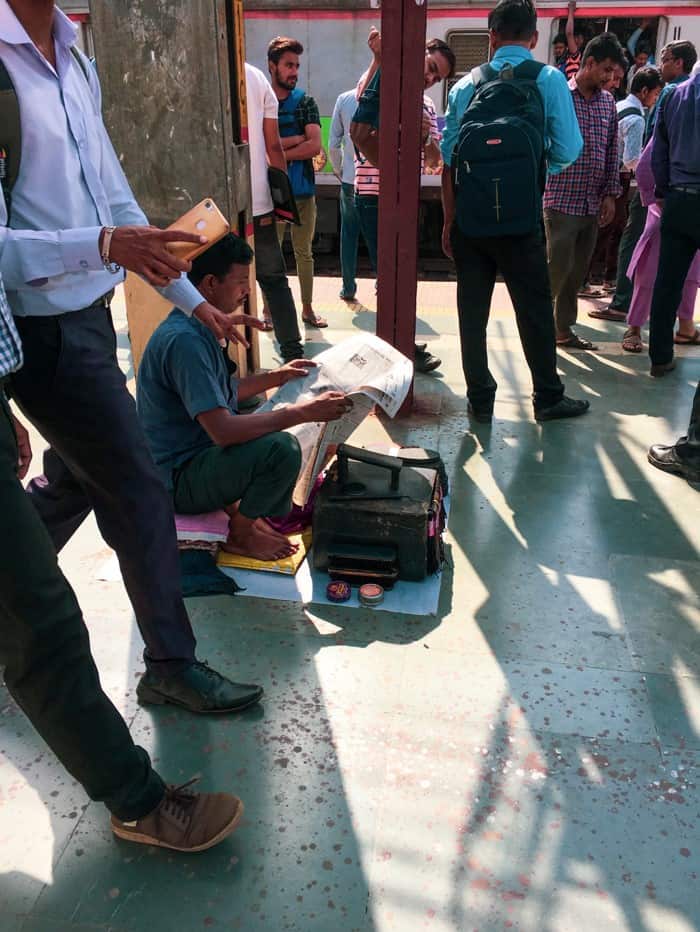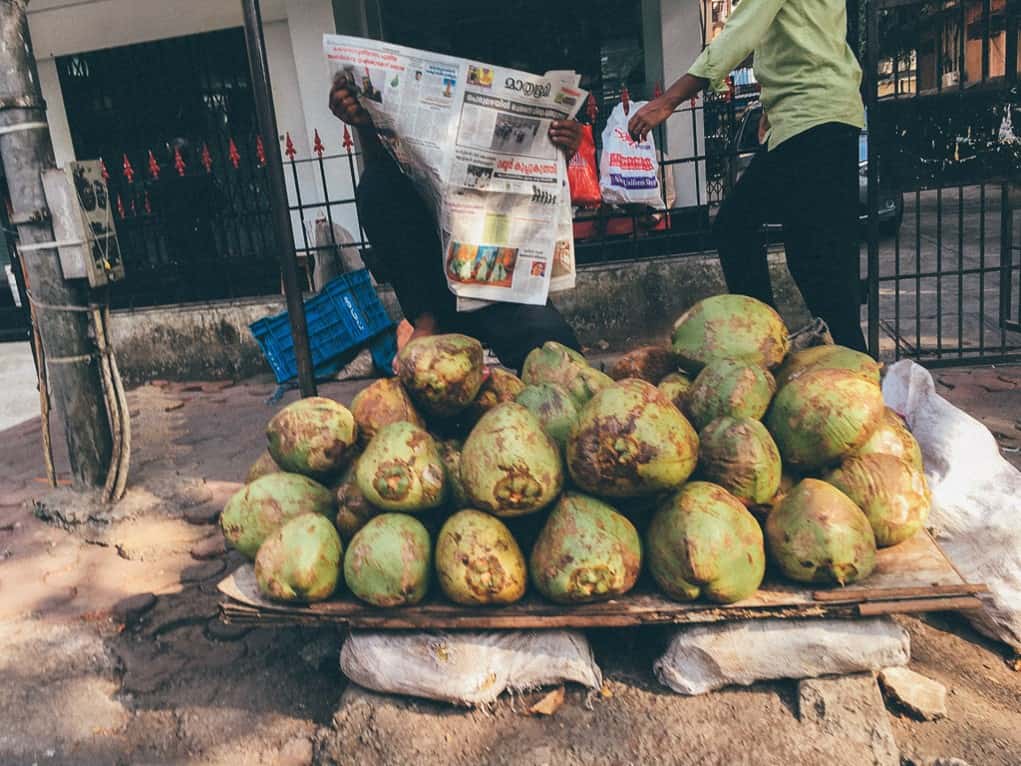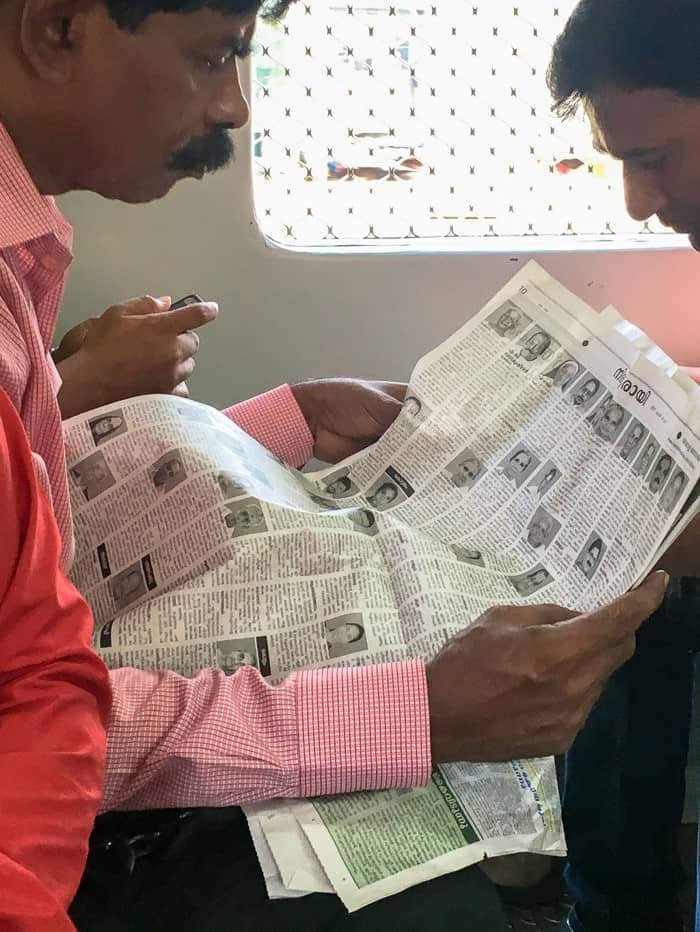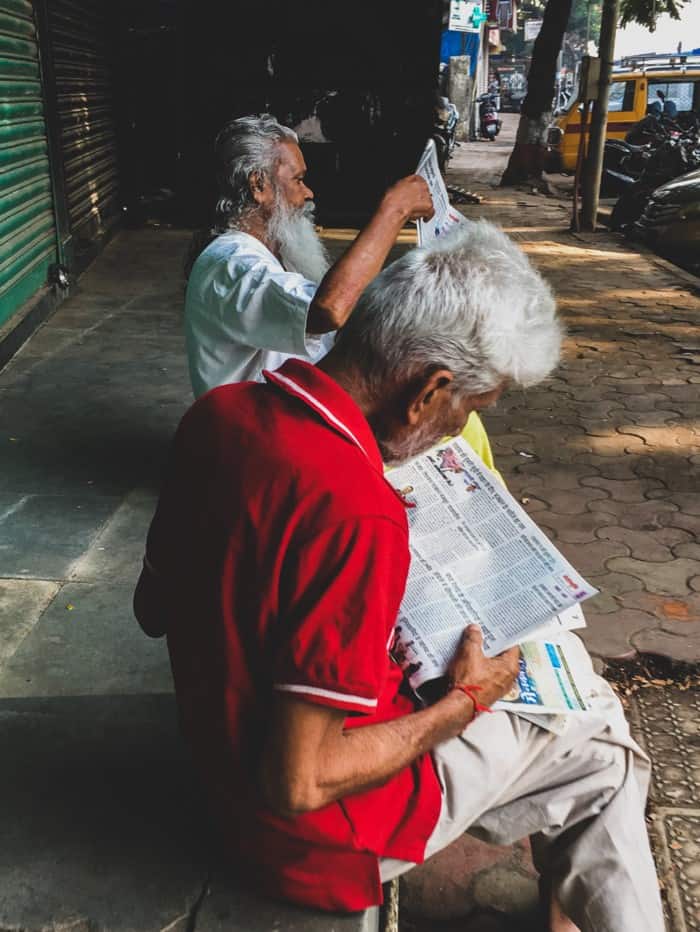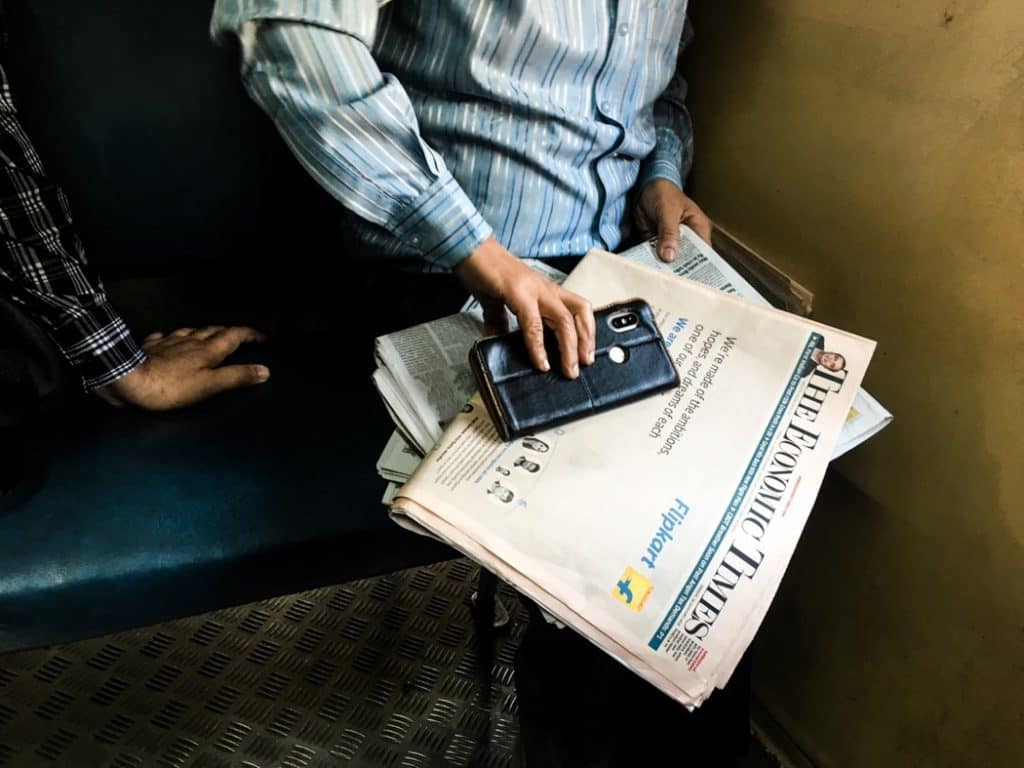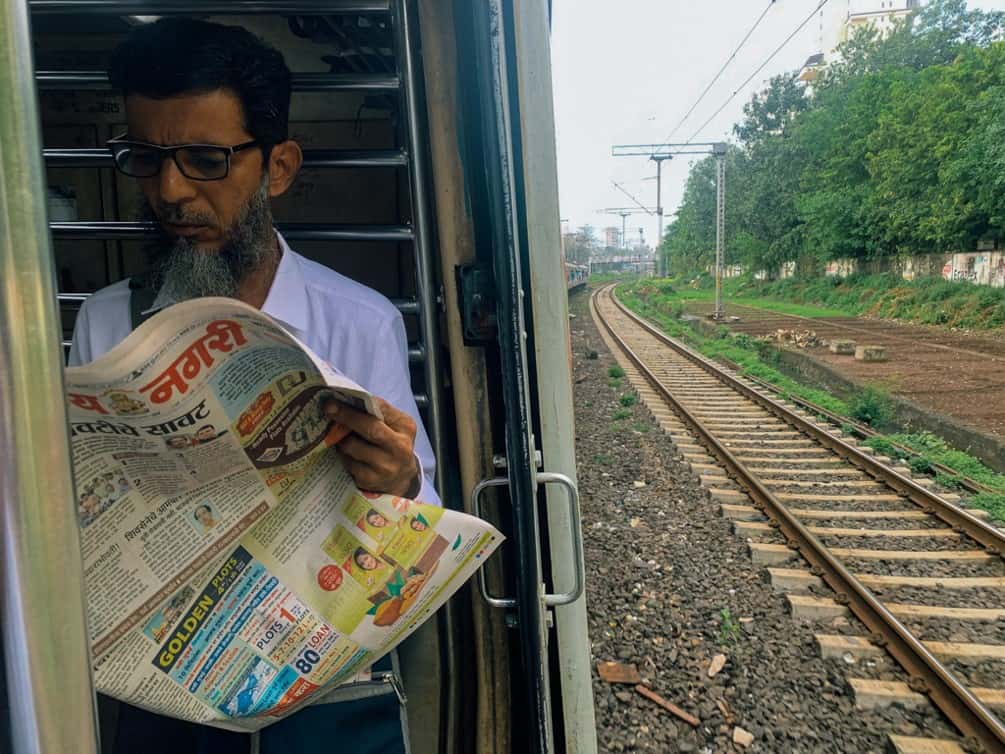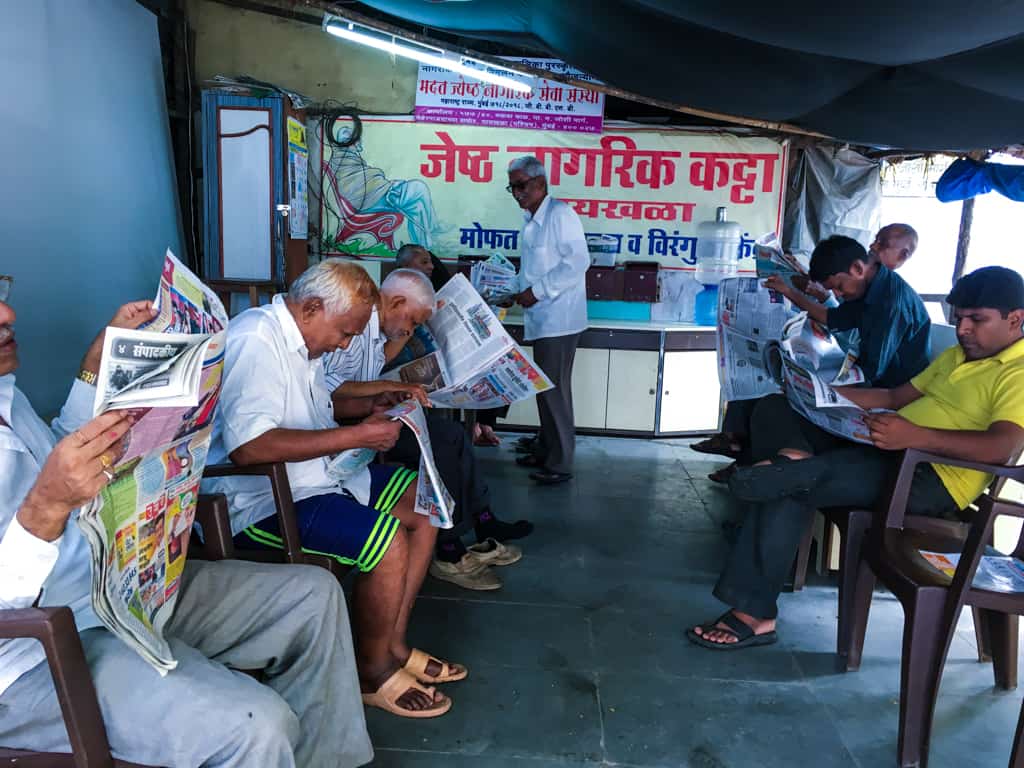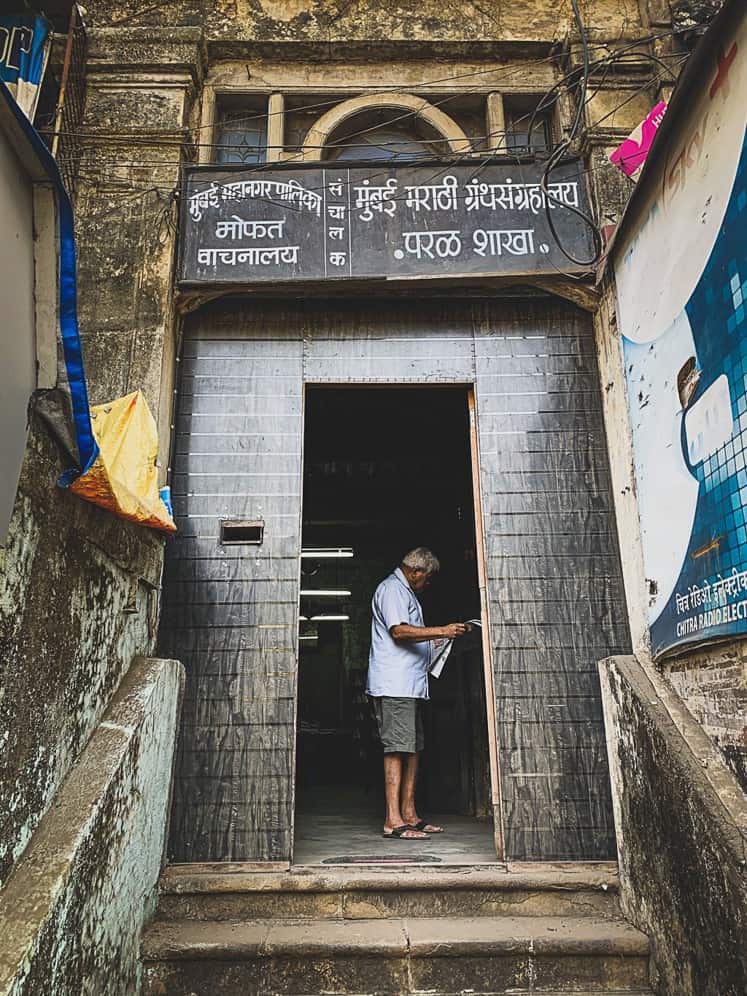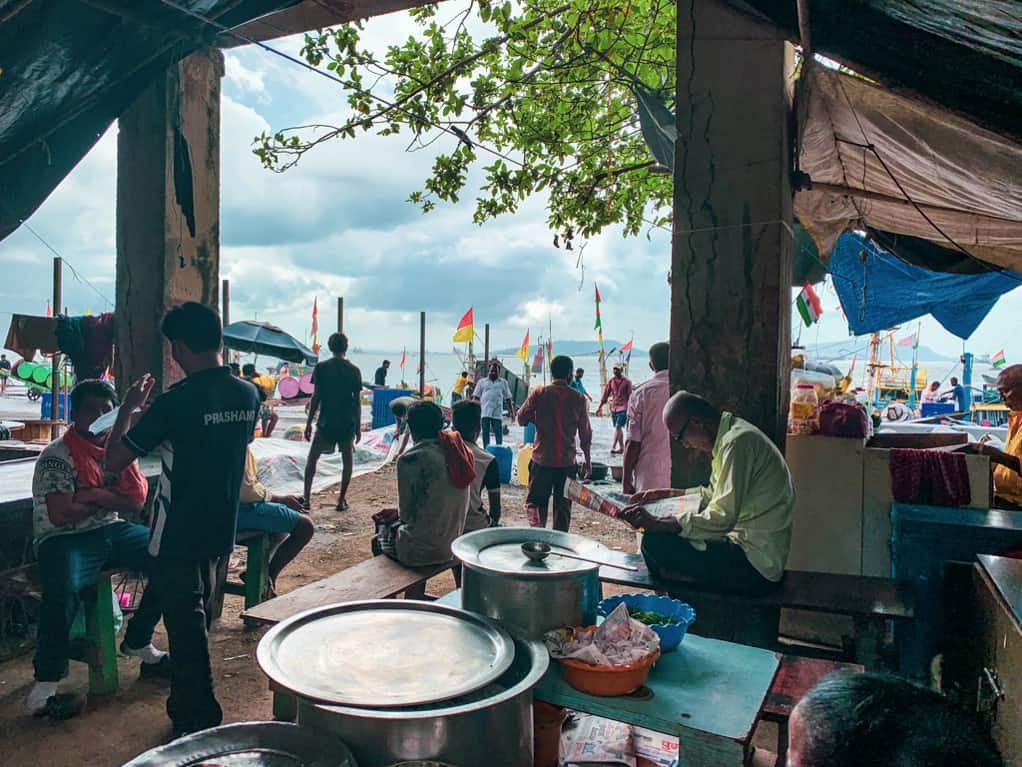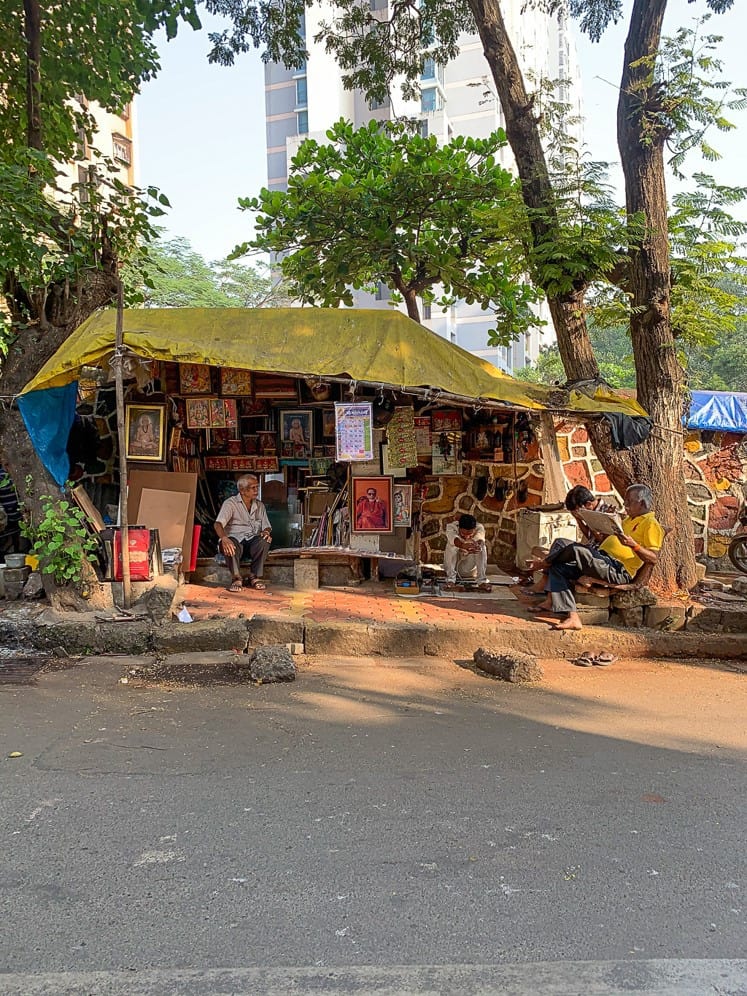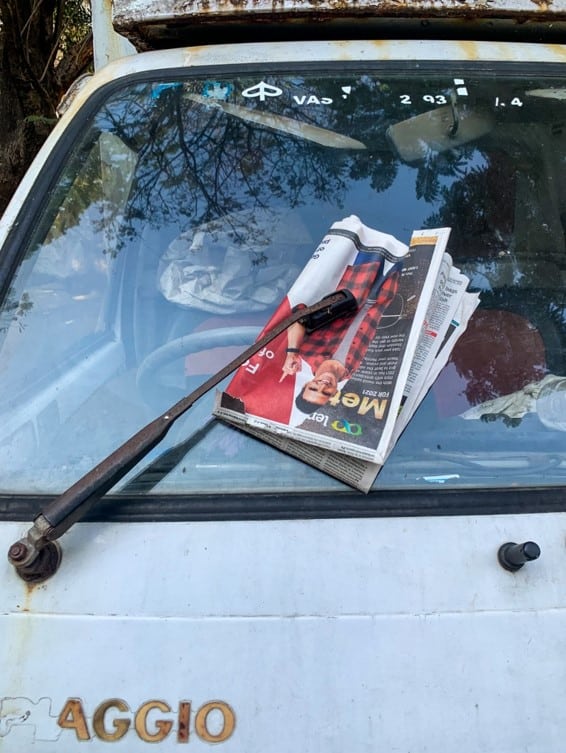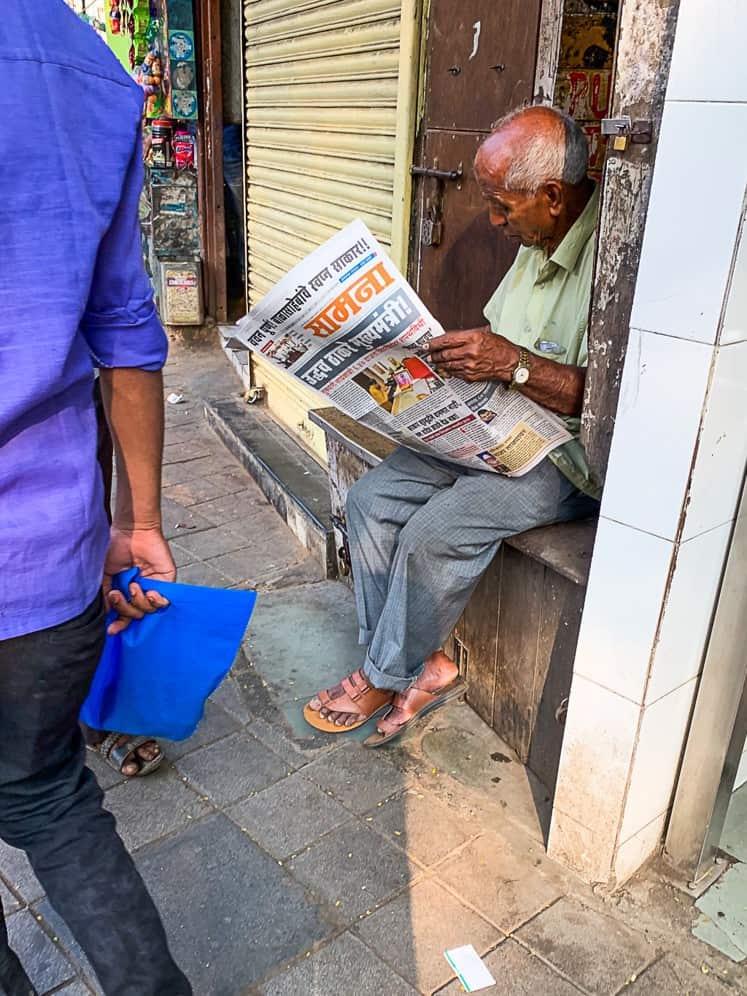In December 2021, the Tamil Nadu government introduced the Nam Kudiyiruppu Nam Poruppu scheme for residents living in low-income, government housing and resettlement sites managed by the Tamil Nadu Urban Habitat Development Board (TNUHDB). In this scheme, residents form associations to oversee the maintenance of these sites, with the intention of transfering ownership of their living spaces back to them. This move is significant, especially for the resettlement sites, considering the minimal consultation and abrupt evictions relocated families have faced during the process. What the scheme entails The scheme also aims to improve the quality of living in these sites.…
